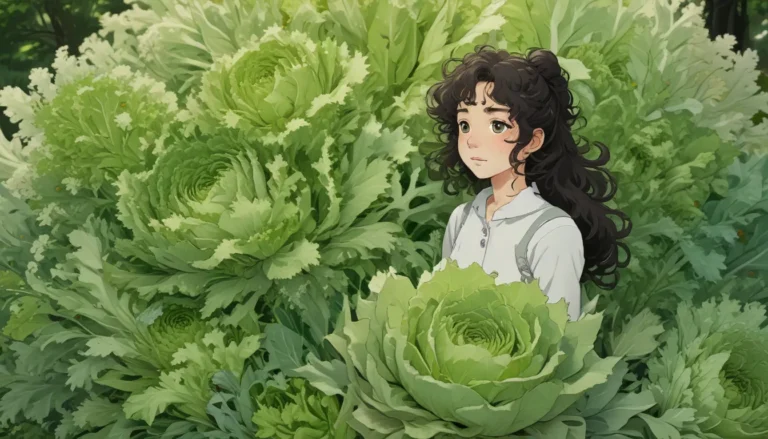A Comprehensive Guide to Understanding and Preventing Peace Lily Diseases

Peace lilies, also known as Spathiphyllum spp., are beloved houseplants that are relatively low-maintenance when provided with the right care. These plants have been hailed as the “perfect houseplant” by horticulture experts due to their ease of cultivation.
In this detailed guide, we will delve into the world of peace lilies, exploring how to effectively care for these popular plants indoors while also discussing common diseases that can affect them. By understanding the potential threats to peace lilies and learning how to prevent and address them, you can ensure that your plants thrive in a healthy environment.
Cultivating Healthy Peace Lilies
Peace lilies thrive in locations with six to eight hours of bright, indirect sunlight and well-draining soil. Taking basic care practices such as fertilizing monthly during the growing season, watering when the top inch of soil dries out, and occasional repotting can keep these plants flourishing.
However, despite their resilience, peace lilies can sometimes fall victim to disease. In this guide, we will uncover the most common diseases that can plague these tropical foliage plants, equipping you with the knowledge needed to identify, prevent, and address any potential issues.
Common Peace Lily Diseases
Here are some of the most prevalent diseases that can affect peace lilies:
- Cylindrocladium Root Rot
- Dasheen Mosaic Virus
- Leaf Blight
- Pythium Root Rot
These diseases are often more prevalent in commercial settings where peace lilies are grown on a large scale. By purchasing your plants from reputable sources and carefully inspecting them before bringing them home, you can mitigate the risk of disease.
1. Cylindrocladium Root Rot
Cylindrocladium root rot is a fungal infection caused by Cylindrocladium spathiphylli. This disease typically occurs in overwatered plants or those grown in poorly-draining soil. Early symptoms include the yellowing of lower leaves and wilting foliage, with dark brown spots appearing on the leaves and petioles.
If left undetected, the disease can quickly destroy the entire root system. Unfortunately, by the time symptoms manifest on the leaves, it is often too late to save the plant. Proper disposal of the infected plant and soil, along with sterilization of the pot, is crucial to prevent further spread of the fungus.
2. Dasheen Mosaic Virus
The Dasheen mosaic virus causes a distinct pattern of yellow to light green discoloration on infected plants’ leaves. While this virus may not significantly affect the plant’s growth, it can spread through insects, contaminated soil, or gardening tools. Once infected, there is no cure for the virus, making prevention and early detection essential to safeguard your peace lilies.
3. Leaf Blight
Leaf blight, caused by the water mold Phytophthora nicotianae, can result in black or brown dead spots on the leaves of peace lilies. This disease thrives in high moisture and humidity conditions, with symptoms including wet or dry spots on the foliage. Early intervention, such as repotting and applying a fungicide, can help manage the disease and prevent its spread.
4. Pythium Root Rot
Pythium root rot, caused by the water mold Pythium spp., leads to yellowed, wilted foliage and black, mushy roots in affected plants. Damp conditions favor the development of this disease, emphasizing the importance of well-draining soil and controlled watering practices. Swift action, including repotting and fungicidal treatment, can help combat Pythium root rot.
Preventing Peace Lily Diseases
While these diseases pose a potential threat to peace lilies, many can be avoided by implementing proper care practices. By maintaining optimal growing conditions, such as adequate sunlight, well-draining soil, and careful watering, you can significantly reduce the risk of disease.
In conclusion, peace lilies are resilient plants that can thrive with minimal intervention. By staying vigilant and proactive in your care routine, you can enjoy healthy, vibrant peace lilies in your home. Remember to monitor your plants regularly, practice good hygiene, and seek professional guidance if you encounter any concerning symptoms.
Do you have a story to share about dealing with diseases in your peace lilies? Feel free to share your experiences in the comments below! For more insights on peace lily care, explore our related articles on topics such as toxicity to pets, blooming issues, and leaf discoloration.
In conclusion, this comprehensive guide offers valuable insights into the world of peace lilies, shedding light on common diseases and effective prevention strategies. By incorporating these tips into your care routine, you can safeguard your peace lilies and promote their long-term health and vitality. Stay informed, stay proactive, and watch your peace lilies thrive in a disease-free environment!





